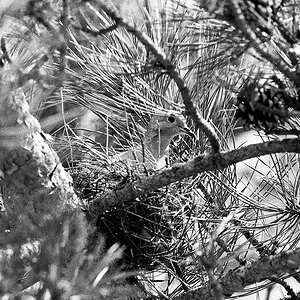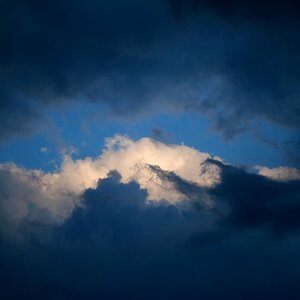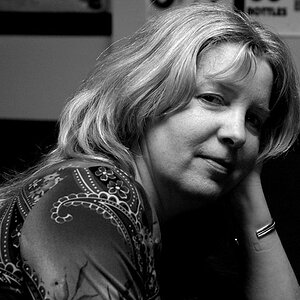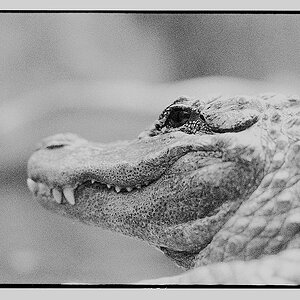tranceplant
TPF Noob!
- Joined
- Mar 6, 2005
- Messages
- 485
- Reaction score
- 0
Ok, I just got this new Hoya poloraizing filter, it looks great and all. I am kind of a newbie in photography so I was wondering if anyone had sugestions on how and where to use this kind of filter. When to use and when not to use....
i am going to NYC in 2 months and I wanted to bring it. would it be good for a shot from the park of the buildings? should I remove the filter is there is going to be people in the picture?
c'mon reply
i am going to NYC in 2 months and I wanted to bring it. would it be good for a shot from the park of the buildings? should I remove the filter is there is going to be people in the picture?
c'mon reply


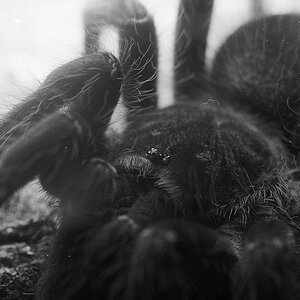
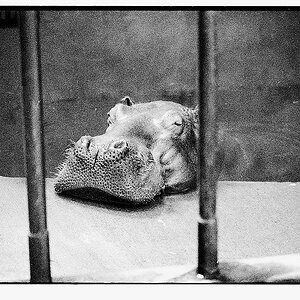

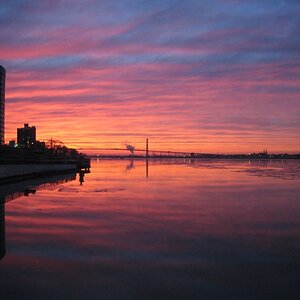
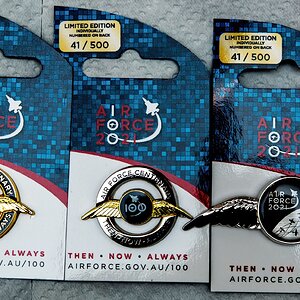
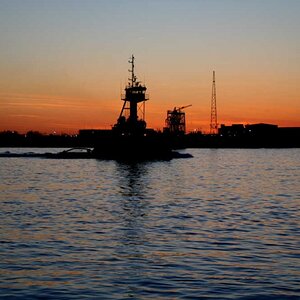
![[No title]](/data/xfmg/thumbnail/32/32702-7344d6e6132276dd7bfc046084fea432.jpg?1619735604)
